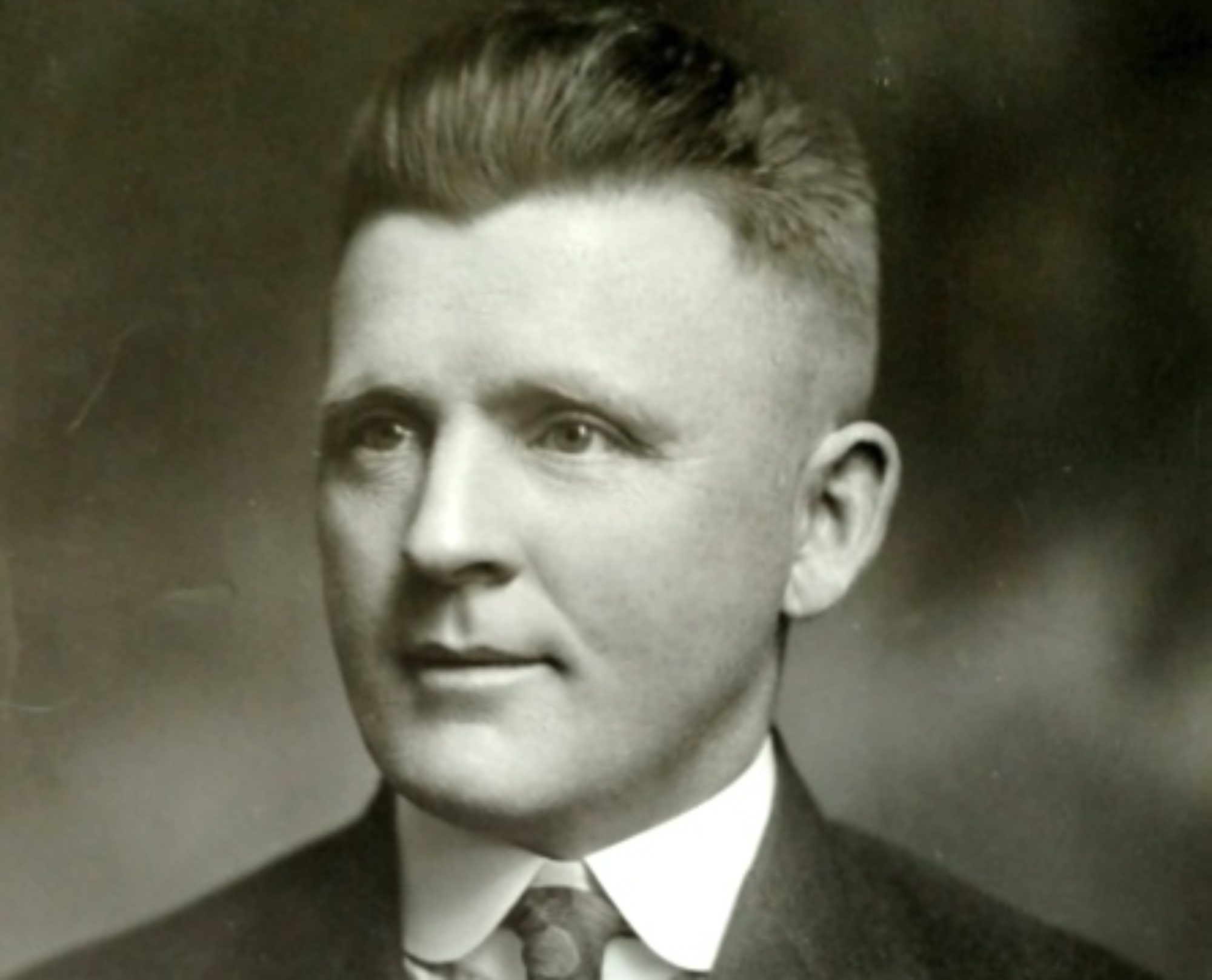From Wiktonary.org:
amadán m (genitive singular amadáin, nominative plural amadáin)
A couple of times I heard my dad use the word “amadan”. He used it in a story (of which I remember no details) describing how his father (or maybe grandfather) had used it as an insult. He pronounced it “omadon”. Omadon sounded like a large, lumbering stupid, plant eating dinosaur, so I though he was just misremembering a dinosaur name to refer to someone who wasn’t too bright.
It turns out that Amadan is the Irish word for fool. I don’t think dad even recognized it as a real word. He certainly didn’t remember it as the last word of the Irish language in our family’s collective memory.
Except…
“Amadan” may not have been the only Irish word in the Bradshaw family lexicon. There is one other word that I hesitate to mention. My siblings and some of my cousins (I’m looking at you Deb Bryant) will remember it.
Bondoon.
There – I said it. Our family’s word for backside, rump, derriere, buttocks. Usually used as a warning : “I’m going to warm your Bondoon” or “If you’re not careful you’ll fall right on your Bondoon”. I remember using it at school, and getting laughed at. No one else had heard the word. There may have been a few Cassidys or Dwyers in town who knew the word, but as far as we knew it was just our family’s nonsense word for buttocks.
Then, one day while wasting time on the internet, I found: THIS LINK. It’s the only reference I have found to the word. In particular, there’s a comment:
“Like others, I came upon this thread after searching for the origin of “bondoon”. My family has been using this word as slang for the butt since my earliest memory. My mother said it started with my great-grandmother who emigrated from Tipperary, Ireland in the 1880’s. So I thought that was interesting because then it dates back a lot further than we thought!
I have a completely unproven theory that this is also a fragment of Irish. About ten years ago, I briefly took an Irish language class. The teacher was a native speaker from the Connemara. He taught us the Irish word for “bottom” which was “Thoin”, pronounced “toon” which among other things can refer to a person’s behind. It’s not too much of a stretch to theorize that it came to be pronounced “doon”. No idea where the “Bon” part came from. If there are any linguistic anthropologists out there who have a lead, I’d love to hear it.
So that’s all there is to this post. People forget words, even entire languages. They stop using words because they get laughed at. A word is spoken for the last time and no one marks the occasion.
